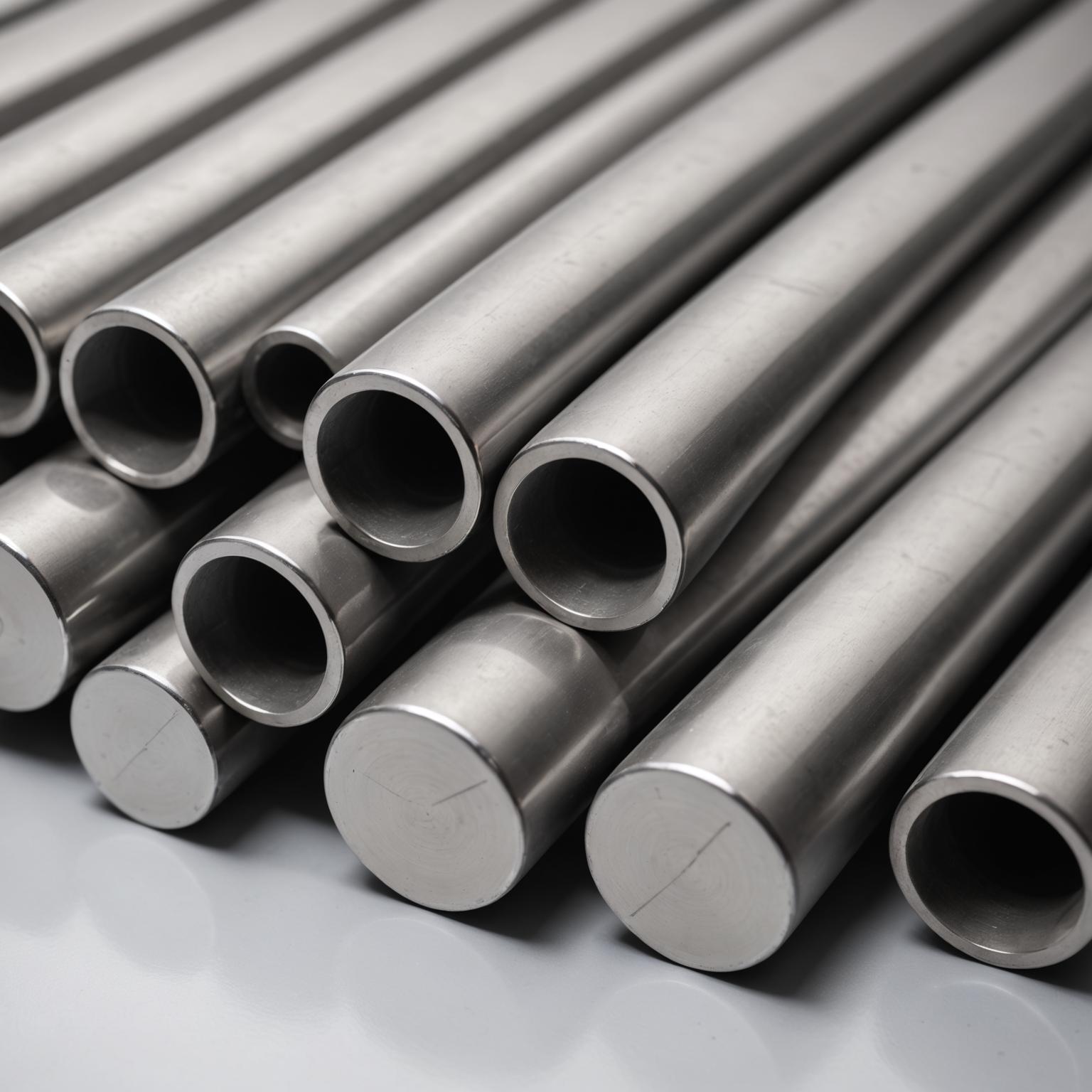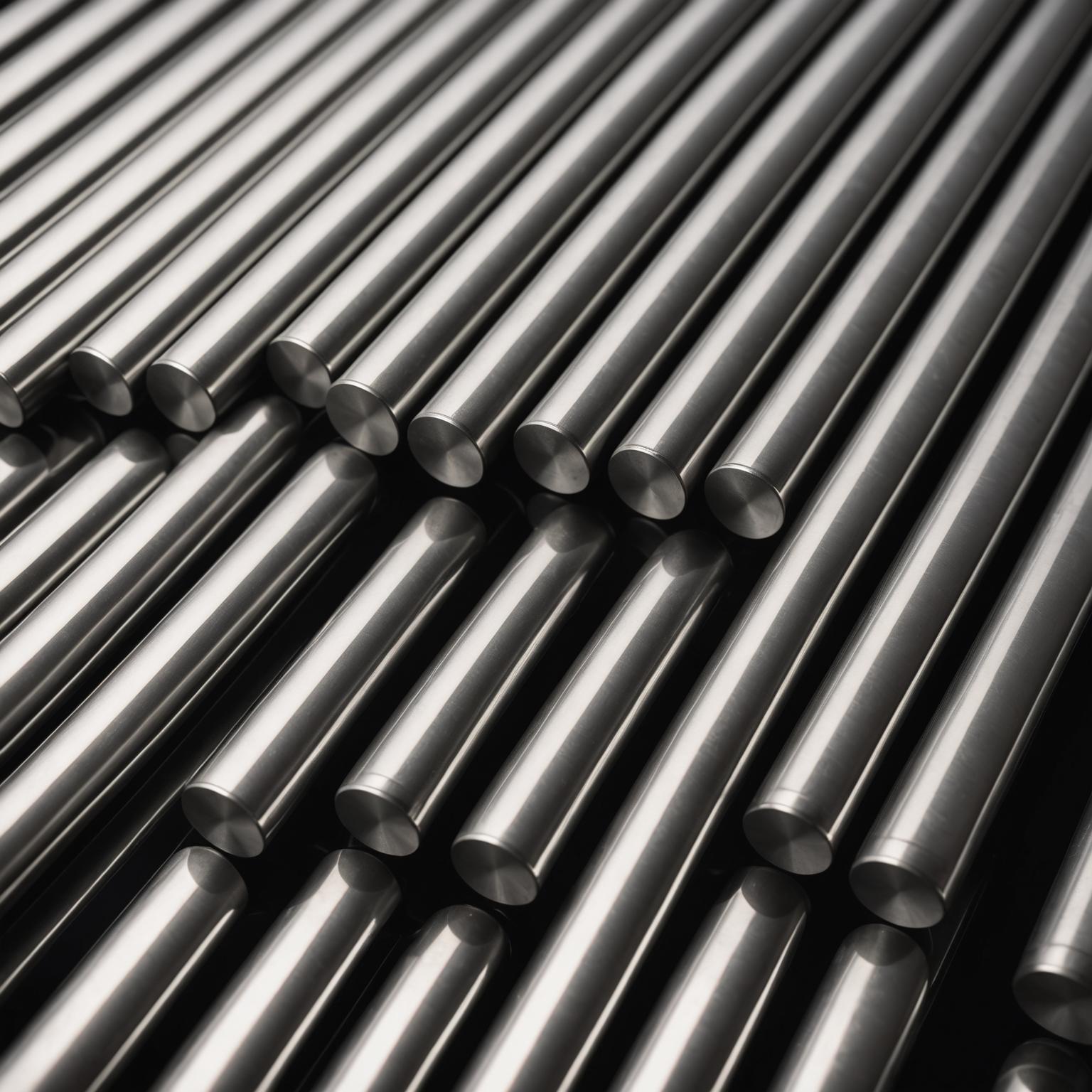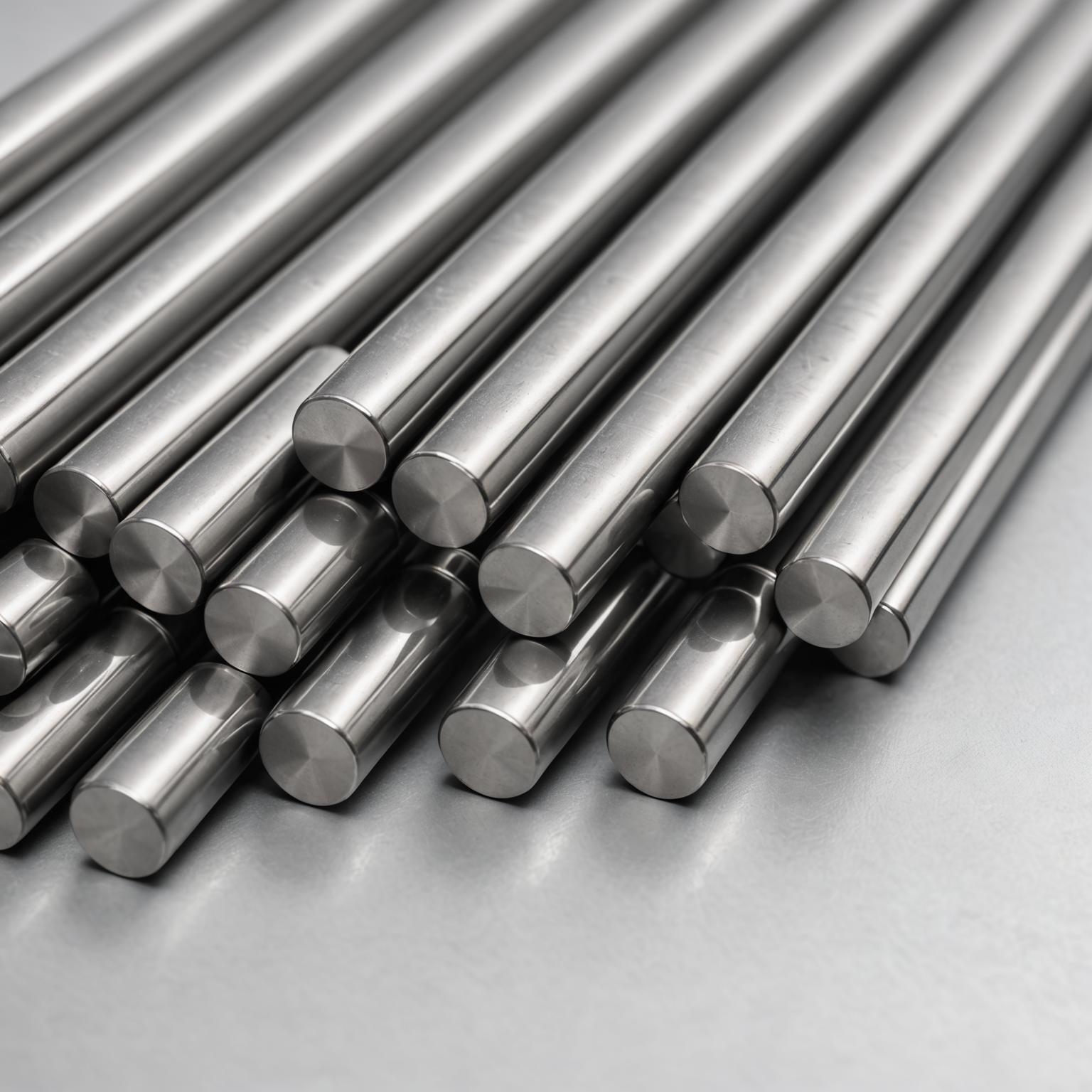Selecting the right component is a critical step in the success of any construction, engineering, or architectural endeavor. When it comes to versatile and durable materials, the stainless steel round bar is a frequent contender. However, with various grades and sizes available, the question 'How do I choose one for my project?' can be daunting. This guide will walk you through the essential factors to consider, ensuring you select the perfect bar that meets your specific needs for strength, longevity, and performance. Making an informed decision from the outset prevents costly mistakes and ensures the structural integrity and aesthetic quality of your finished work.
Understanding the Fundamentals: What is a Stainless Steel Round Bar?
A common starting point for many is the question: Stainless steel round bar? In simple terms, it is a solid, cylindrical rod made from a steel alloy containing a minimum of 10.5% chromium. This chromium content is key, as it creates a passive, self-repairing layer on the surface that provides its signature corrosion resistance, or 'stain-less' quality. These bars are prized for their exceptional durability, high tensile strength, and resistance to rust and oxidation, making them ideal for both indoor and outdoor applications. The sleek, often polished finish not only enhances the aesthetic appeal for architectural and decorative uses but also provides a smooth, clean surface that is crucial for machinery components and in hygienic environments like food processing or medical facilities. Their versatility is unmatched, serving as everything from structural supports and reinforcements in construction to precision shafts and axles in the automotive industry.
The Critical Choice: Selecting a Suitable Material and Diameter
Choosing the suitable material and diameter is arguably the most important step in the selection process. This decision directly impacts the performance, safety, and lifespan of your project. Stainless steel is not a one-size-fits-all material; it comes in numerous grades, each with distinct properties. The two most common grades for round bars are 304 and 316. Grade 304 is the workhorse of the industry, offering excellent corrosion resistance and durability for general-purpose applications. It's a cost-effective choice for structural supports, braces, and machinery parts in most environments. However, if your project will be exposed to saltwater, chlorine, or other harsh chemicals, Grade 316 is the superior option. It contains molybdenum, which significantly enhances its resistance to pitting and crevice corrosion, making it the standard for marine, coastal, and chemical processing applications.
Once you've determined the grade, selecting the correct diameter is essential for meeting load-bearing and structural requirements. An undersized bar can lead to failure under stress, while an oversized one adds unnecessary weight and cost. The required diameter is typically specified in engineering blueprints or can be determined through load calculations that consider factors like tension, compression, and torsion. For non-structural, decorative applications, the diameter choice may be driven more by aesthetics. For any application where safety and integrity are paramount, consulting with an engineer to define the suitable material and diameter is always the best practice. When you have to choose one for your project, getting these two specifications right is non-negotiable.
Additional Factors That Influence Your Decision
Beyond grade and diameter, other characteristics can influence your selection. The bar's finish is one such factor. A polished finish, as mentioned, is perfect for applications where appearance is key or where a smooth, easily cleanable surface is required. In contrast, a rougher, mill finish might be perfectly acceptable for industrial components that will be hidden from view or further processed. You should also consider the machinability of the steel. If your project involves extensive cutting, drilling, or welding, some stainless steel grades are easier to work with than others. This can impact your fabrication time and costs. Finally, always balance cost against performance. While it might be tempting to opt for a cheaper grade, the long-term cost of replacement due to corrosion or failure in an unsuitable environment will far outweigh the initial savings. Answering 'How do I choose one for my project?' involves a holistic look at both the immediate and long-term demands of the application.
A Step-by-Step Guide to Making Your Selection
To simplify the process, here is a practical, step-by-step approach. First, clearly define your project's environmental conditions. Will the bar be indoors, outdoors, or exposed to corrosive agents? This will guide your choice of stainless steel grade. Second, determine the mechanical requirements. What loads must the bar support? This will dictate the necessary diameter. Third, consider the aesthetic and fabrication needs. Do you need a polished finish or specific machinability properties? Fourth, establish your budget, balancing initial cost with long-term value and performance. By systematically working through these questions, you move from the broad 'Stainless steel round bar?' query to a specific, confident choice. This methodical approach ensures that you select a component that is not only fit for purpose but also optimized for efficiency and longevity, guaranteeing a successful outcome for your project.







